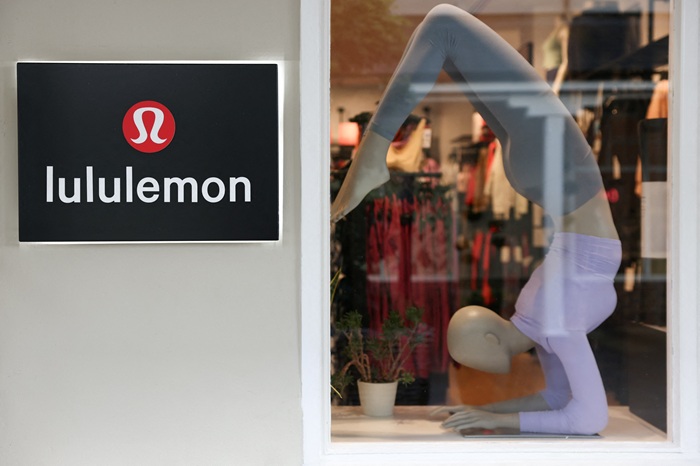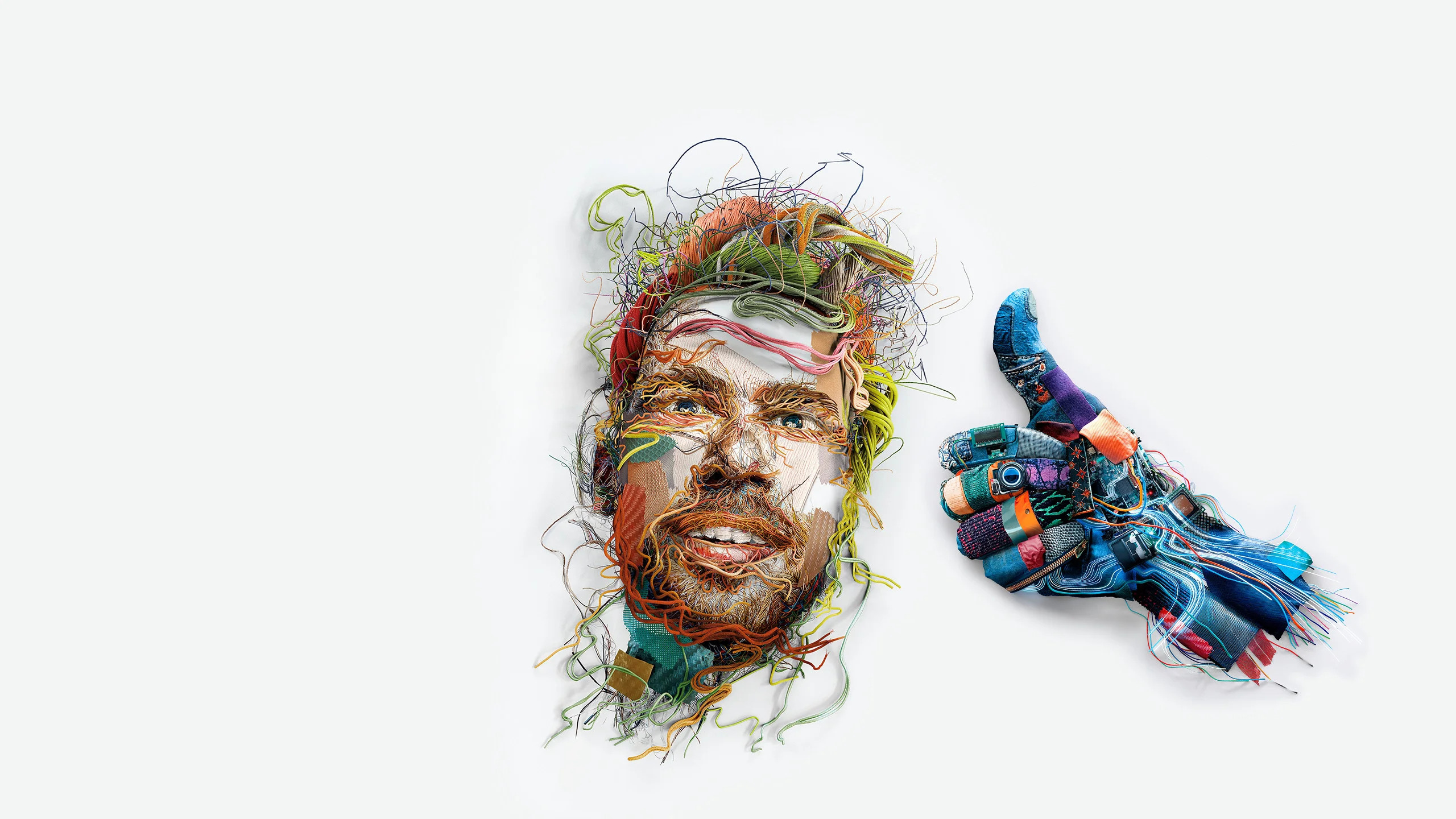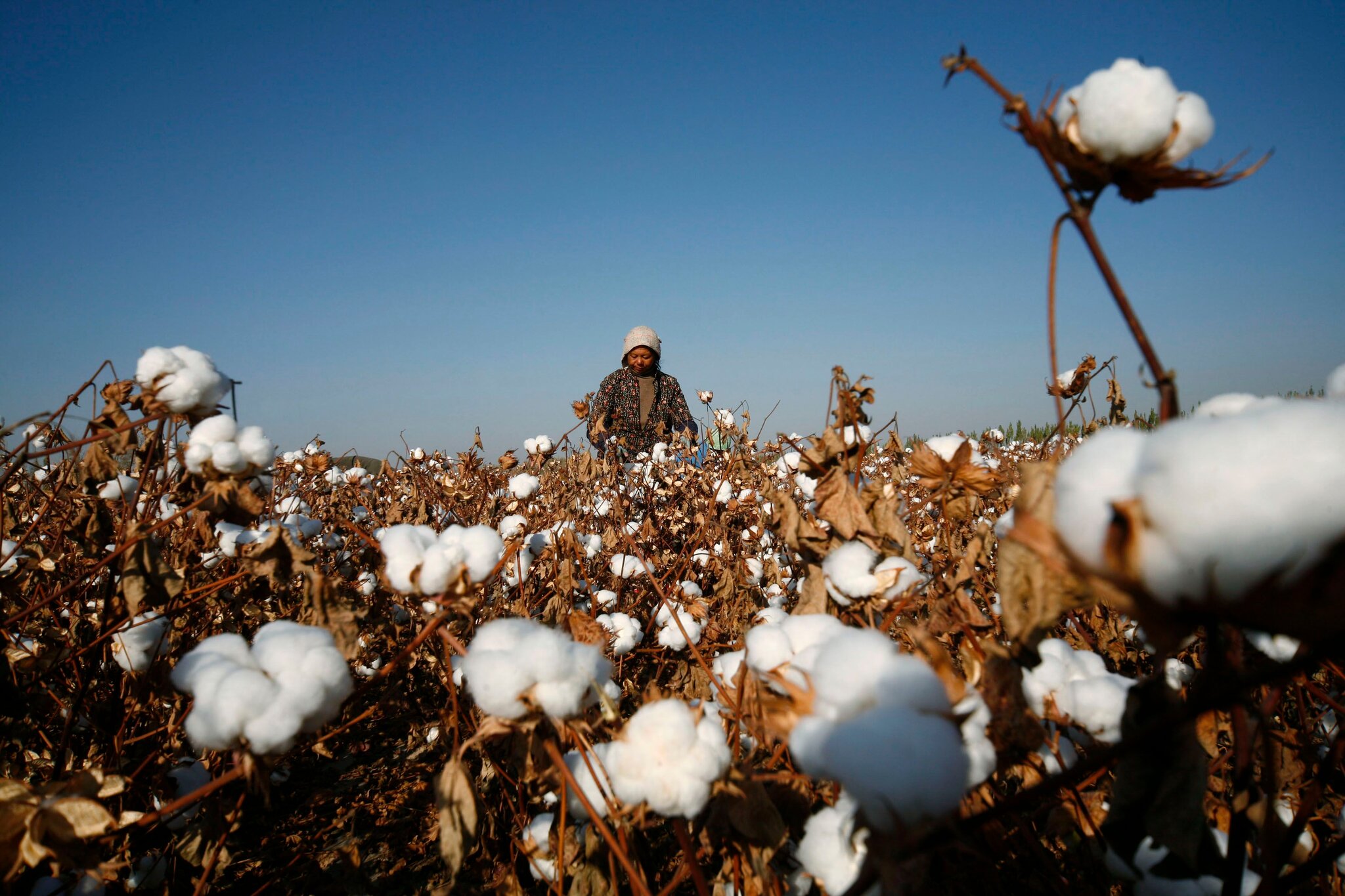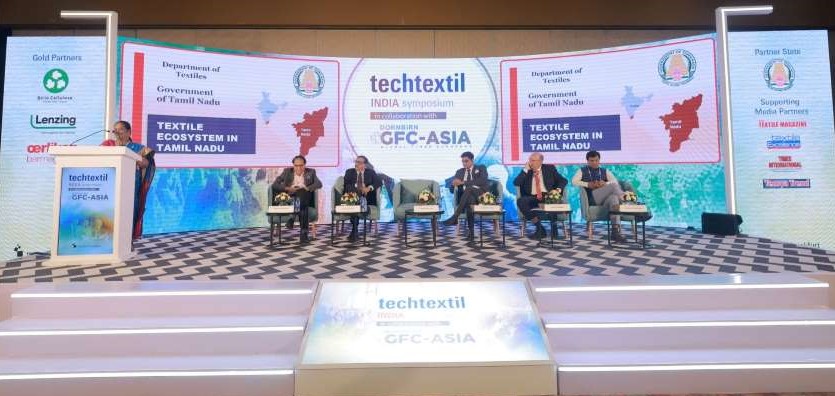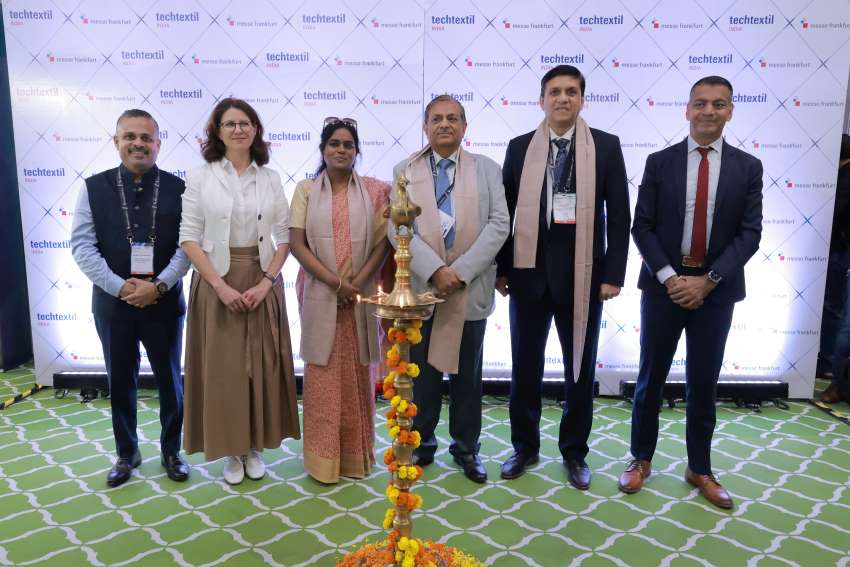FW
The 83rd Plenary Meeting of the International Cotton Advisory Committee (ICAC) will be held at the Malaika Beach Resort in Mwanza, Tanzania, from November 17-20, 2025.
The conference will focus on the theme titled, ‘Leveraging Sustainable Cotton and Textiles for Industrial and Rural Development.’ It will feature a variety of sessions covering all sectors of the supply chain, including Deep Learning and Sensor Technologies for Automated Detection and Monitoring of Cotton Diseases and Insect Pests; Financing Investment in Textiles and pparel Value Chain in Emerging Markets; Marketing Cotton: What Works, for Whom?, and Reports from the ICAC Secretariat.
The conference will also feature a session focusing on the views and ideas of attendees rather than the speakers on stage. Titled, The World Café, the session will focus on the theme, ‘Exploring the Challenges and Potential of Payment for Ecosystem Services (PES).’
The 83rd Plenary Meeting will also offer attendees an opportunity to participate in a two-day technical tour from November 21-22, 2025 to see Tanzania's iconic wildlife.
To be held from September 3-5, 2025 in Shanghai, Cinte Techtextil China is set to be a key international platform for the technical textiles and nonwovens industry. Featuring exhibitors from across 12 countries and regions, the show will help bridge the gap between Asian and Western markets by showcasing products across 12 application areas.
A major highlight of the 2025 event is the launch of the Textile Chemicals and Dyes Zone. Suitable for applications in sports, industrial protection, and construction, this new category will feature renowned companies like Germany's CHT Germany GmbH and the USA's Michelman Inc. Other exhibitors in this zone include Dupré Minerals from the UK, which will showcase its flame-retardant Micashield Vermiculite Dispersion, and China's Shanghai Xinnuo Chemical and Yancheng Ruize Color Masterbatch, both of which specialize in water-based waxes and masterbatch production.
The event will also include strong representation from Europe, with the European and German Zones featuring top companies. These zones will host returning brands like EMS-Griltech (Switzerland) and Fibre Extrusion Technology (UK), as well as new exhibitors like Belgium's Serel Industrie, which specializes in X-ray technology for textile recycling, and the UK's Proton Product International. The German Zone will include industry leaders such as Brueckner Textile Technologies and Lindauer Dornier, which is known for its high-performance weaving machines.
Automotive textiles will be another key focus, with exhibitors from around the globe presenting their products. Malaysia's JCT Industries will showcase its PVA fibers for automotive applications, and China's Jiangsu HongFeng Thread Technology will feature its certified polyester and nylon sewing threads.
Cinte Techtextil China is organized by Messe Frankfurt (HK), the Sub-Council of Textile Industry, CCPIT, and the China Nonwovens & Industrial Textiles Association (CNITA). The fair's comprehensive product scope aims to serve as an effective business platform for the entire industry, from raw materials to finished products.
Luxury outwear retailer, Canada Goose Holdings Inc’s net loss widened in Q1, FY26 despite the brand reporting a 22.4 per cent Y-o-Y increase in total revenue, reaching CA$107.8 million.
The company's direct-to-consumer (DTC) revenue increased by 23.8 per cent to CA$78.1 million. This growth was primarily fueled by a 14.8 per cent rise in comparable sales and the positive impact of newer store openings. Canada Goose has been actively expanding its retail footprint, including converting two temporary locations into permanent ones, bringing its total permanent store count to 76.
The company’s wholesale revenue also rose by 11.9 per cent to CA$17.9 million. Other revenue streams, which include Friends & Family events, experienced a substantial growth of 31.1 per cent to CA$11.8 million, further contributing to the overall top-line growth. The company's gross profit rose 25.9 per cent to CA$66.2 million, with the gross margin improving to 61.4 pe cent. This margin improvement was partly attributed to higher-margin output from Canada Goose's European knitwear facility.
However, these positive revenue and gross profit figures were overshadowed by a widening net loss. The company’s net loss attributable to shareholders reached CA125.2 million, , a significant increase from CA77.4million, in the same quarter last year. The operating loss also expanded to CA158.7million.
Beyond the financials, Canada Goose made several strategic moves, including the launch of its Spring-Summer 2025 collection and the second Snow Goose capsule. The brand also introduced a revamped store concept in Amsterdam and reported notable progress on its sustainability goals, achieving a 9 per cent reduction in Scope 1 and a 25 per cent reduction in Scope 3 emissions.
Dani Reiss, Chairman and CEO, Canada Goose, affirms, the brand is off to a strong start withn DTC performance growth. The brand is executing everything with precision, from bold storytelling to smarter retail moves, he adds.
The Bangladesh Garment Manufacturers and Exporters Association (BGMEA) announced a new strategy to counter a 20 per cent reciprocal tariff imposed by the US. According to Mahmud Hasan Khan Babu, President, BGMEA, the country plans to increase the use of US raw materials in garment production to avoid the additional tariff.
Babu explains, the US executive order on tariffs states that if at least 20 per cent of the raw materials, specifically US cotton, are used in a garment, the 20 per cent additional tariff will not be applied when it's exported to the US. This provides a crucial advantage for Bangladesh's garment industry, as about 75 per cent of its exports to the US are cotton-based.
Previously, the US had imposed a 37 per cent tariff, which was later lowered to 35 per cent, before the reciprocal tariff was set at 20 per cent. Babu highlights, this new tariff structure places Bangladesh on a more competitive footing with key rivals, as China faces a 30 per cent tariff and India a 25 per cent tariff.
Babu stressed the importance of continuous dialogue with the US administration, noting, other countries are still negotiating trade and security deals that could result in even lower tariffs for them. He urged Bangladesh leaders to stay engaged.
Following the announcement of the revised tariff, Babu noted, many buyers who had previously halted orders are now placing them again. He praised the interim government for its leadership, particularly the commerce and security advisers, for helping the country avoid a potential crisis. Babu also mentioned that the association would seek clarification on whether a 40 per cent value addition condition is still required for garments to be labeled ‘Made in Bangladesh.’

In a visionary address at the Textile Leaders’ Conclave 2025 in Ahmedabad, Kulin Lalbhai, Vice Chairman of Arvind Ltd., called for the Indian textile sector to be declared a ‘national priority’—an urgent imperative, he argued, for India to emerge as a global powerhouse in the textile and apparel value chain. His speech underscored an important moment for the industry, urging stakeholders, policymakers, and entrepreneurs alike to “not just participate in, but lead the global textile game.”
The conclave, jointly hosted by JITO Ahmedabad and CII Gujarat, brought together leading textile industrialists, policymakers, investors, and supply chain experts to discuss strategies for strengthening India’s global competitiveness in textiles. Against the backdrop of evolving global sourcing patterns and a bullish domestic market, Lalbhai’s address worked as a rallying cry for transformational change.
Domestic demand meets global realignment
Lalbhai said, India is witnessing a rare convergence of macroeconomic tailwinds: growing domestic consumption, favorable global demand reallocation, and strong government backing through Production Linked Incentive (PLI) schemes, infrastructure investments, and FTAs with markets like the UAE and Australia. These elements, he said, form the perfect springboard for India to seize global leadership in textiles—a $1.4 trillion industry currently led by China but increasingly open to realignment due to geopolitical shifts and rising ESG compliance costs.
“This is a golden window—perhaps a once-in-a-generation opportunity,” Lalbhai said. “We must respond with scale, speed, and vision.”
Gujarat at the helm, from cotton yarn to fashion capital
Lalbhai positioned Gujarat—India’s largest cotton-producing and textile-exporting state—as the nucleus of this transformation. Traditionally known for spinning and yarn, the state must now focus aggressively toward value-added segments such as apparel, technical textiles, and fashion-led exports.
“Gujarat is poised to be the engine of India’s textile leap, but we must go beyond volume to value,” he noted, stressing the need for vertically integrated supply chains, state-of-the-art garmenting parks, and research-backed product innovation.
Three pillars for India’s textile rise
Lalbhai’s blueprint for global competitiveness was centered around three imperatives, all aligned with India’s broader developmental vision of Viksit Bharat@2047.
Massive expansion of garmenting capacity: India must move beyond raw material and fabric exports to become a major exporter of finished garments. Lalbhai emphasized the need for large-scale, globally compliant apparel clusters with plug-and-play infrastructure, skilled labor, and digitized production lines.
Increased adoption of Man-Made Fibres (MMF): With global fashion brands increasingly favoring MMF-based apparel due to durability and circularity concerns, India must diversify beyond cotton. “If we want to be relevant in global markets, cotton alone won’t cut it,” Lalbhai said, calling for balanced incentives and ecosystem development for polyester, viscose, and recycled fibres.
Speed and sustainability as core competencies: “Lead times and lifecycle impact will define winners,” Lalbhai stated. He advocated for nearshoring garment hubs, fast digital sampling, and green technologies such as waterless dyeing and renewable-powered plants. Sustainability, he argued, must be seen not as compliance, but as a competitive advantage.
A new textile vision
A central theme of Lalbhai’s address was inspiring the next generation to see textiles not as a legacy sector, but as a sunrise industry. “The future belongs to dreamers,” he said, calling on youth to reimagine textiles through design, tech, and entrepreneurship.
He also advocated for decentralizing manufacturing beyond traditional clusters like Tiruppur and Ludhiana. Smaller cities across UP, Odisha, MP and Assam offer untapped potential for employment, local entrepreneurship, and inclusive growth. “A national textile vision must be pan-India in spirit,” Lalbhai stressed.
Making textiles a national mission
As the Textile Leaders’ Conclave concluded, Lalbhai’s speech echoed as a call for collective ambition. For India to capture a greater share of the global textile trade—currently just 4 per cent compared to China’s 33 per cent—it must overcome structural inefficiencies, skill shortages, and fragmented value chains. Lalbhai’s message was clear: “India’s textile sector must be treated as a strategic lever of economic and geopolitical influence. Let’s elevate it to the level of national priority.” With coordinated investments, policy clarity, and innovation at scale, India has the potential not just to lead but to reshape the global textile map.
Thus as India eyes its centenary in 2047, the textile sector stands at a strategic inflection point. The roadmap outlined by Lalbhai offers not just a business plan, but a national mission—to reclaim India’s historical stature as a global textile innovator, employer, and exporter. The question now is whether the nation will rise to the moment with the urgency, unity, and scale it demands.
The global textile waste management market is experiencing significant growth as environmental awareness and sustainability concerns rise globally. As per a report by Stats N Data, the textile waste management sector is projected to grow at a CAGR of 10.90 per cent from 2025-32. This growth can be attributed to several factors, including stricter regulations on waste disposal, a shift towards circular economy practices, and advancements in recycling technologies that allow for greater recovery of materials from discarded textiles.
The expansion of the textile waste management market is also fueled by rising consumer demand for eco-friendly products and practices. As awareness of the environmental impact of fast fashion and textile waste grows, consumers are seeking brands that prioritize sustainability. This shift in consumer behavior encourages businesses to adopt more responsible production and disposal methods, further driving the need for efficient waste management solutions.
The Textile Waste Management market encompasses a range of applications from fabric recycling to eco-friendly textiles, aiming to reduce waste and promote circular fashion. Recent developments in technology, including the integration of artificial intelligence and innovative recycling processes, have catalyzed growth and attracted attention from investors and industry leaders. Strategic partnerships among key players have further enhanced the capabilities of waste management solutions, positioning them to meet the increasing demand for sustainable textile practices.
Several key drivers are shaping the Textile Waste Management market. Sustainability is at the forefront, with increasing pressure from consumers for brands to adopt eco-friendly textile production methods. This shift in consumer expectations is prompting businesses to invest in waste management solutions that align with sustainable textile practices. Digitization plays a crucial role as well, with advanced technologies enabling better tracking of textile waste and enhancing recycling processes.
Transformative trends are evident, including the integration of artificial intelligence, which optimizes recycling processes and improves the efficiency of textile disposal methods. Customization of products is also gaining traction, allowing brands to create items that are not only appealing but also minimize waste. Emerging technologies such as blockchain provide transparency in textile recycling processes, fostering trust among consumers and stakeholders.
The market is witnessing a surge in innovative solutions for textile waste management, demonstrating the importance of creating a circular textile economy. By focusing on waste reduction and recycling, companies can promote sustainable practices while also addressing the impact of textile waste on the environment.
The Ministry of Textiles has launched the ‘Know Your Weaves Campaign 2025,’ a week-long celebration of India's rich handloom heritage. Being held from August 1-7, 2025 at the National Crafts Museum & Hastkala Academy, the event will culminate in the observance of National Handloom Day on August 7, 2025.
The campaign was inaugurated by Neelam Shami Rao, Secretary, Ministry of Textiles, alongwith Amrit Raj, DC Handicrafts; Dr. M Beena, DC Handlooms; and students and faculty from various schools and colleges.
During the inauguration, Secretary Rao encouraged everyone, especially the younger generation, to visit the exhibition and experience India's vibrant weaving traditions firsthand. The campaign aims to raise awareness and foster pride in the country's diverse handloom heritage, showcasing exquisite weaves from across the nation.
The event features a wide variety of iconic handlooms, including Banarasi, Chanderi, Pochampally, Ikat, Kanjeevaram, and Bhujodi. It brings together master artisans, designers, and students to celebrate this traditional craft.
Key highlights of the campaign include the Weave Exhibition Pavilion with live displays of various iconic Indian weaves; Interactive Workshops with daily sessions on natural loom techniques, knowledge sessions, and quiz competitions; Storytelling Installations with the history of Indian handlooms being is told through films, archives, and personal narratives; and Youth Engagement Programs comprising guided tours, school and college outreach, and competitions designed to connect young people with textile heritage.
This annual campaign serves as a precursor to the main National Handloom Day celebrations. Last year's event saw participation from 7,900 students from 58 schools, underscoring the growing engagement with India's textile traditions.
On August 1, 2025, the Government of India approved the establishment of seven PM Mega Integrated Textile Region and Apparel (PM MITRA) Parks across the country. The ambitious scheme will involve an investment of Rs 4,445 crore over the next seven years.
The government projects that the parks will attract a total investment of Rs 70,000 crore and generate nearly 2 million direct and indirect jobs. They will be located in the states like Tamil Nadu, Telangana, Gujarat, Karnatka, Madhya Pradesh, Uttar Pradesh and Maharashtra.
These parks are designed to create an integrated textile ecosystem, providing world-class infrastructure and logistics to support the entire value chain—from fiber to finished fashion.
In addition to the PM MITRA scheme, the government is also advancing other initiatives to strengthen the textile sector. These include the Samarth Scheme to prove job-oriented training across the textile value chain, the Rs 1,480 crore National Technical Textiles Mission to promote innovation and R&D in technical textiles.
The government is also offering financial assistance to Export Promotion Councils to help showcase Indian textiles at national and international trade fairs, strengthening the country's presence in the global market.
By integrating these initiatives, the government aims to boost textile exports, reinforce the ‘Make in India’ mission, and reduce the country's reliance on textile imports.
A Spanish company known for its sustainable denim finishing technologies, Jeanologia is launching a new initiative called ‘Denim Métiers.’ This project aims to bridge the gap between traditional denim workwear and the intricate artistry of haute couture.
For 30 years, Jeanologia has been a leader in transforming the denim industry by developing technologies that conserve water and eliminate harmful chemicals. The company's technology is used in 45 per cent of the world's denim production, but with ‘Denim Métiers,’ Jeanologia is shifting its focus from a workwear standard to a creative laboratory for fashion.
‘Denim Métiers’ redefines laser technology, which has typically been used for vintage and workwear effects, by applying it to create sophisticated, high-fashion looks. The company aims to move away from the traditional clichés of laser and show its true essence: a living, emotional tool with an artistic soul, says Carme Santacruz, Creative Director, Jeanologia.
The first collection, ‘Denim Métiers. Vol. 1. The Laser Atelier,’ showcases the dialogue between denim and couture. The pieces feature couture-inspired dresses in black and indigo denim with intricate, laser-carved floral patterns that mimic lace, revealing delicate layers of organza underneath; contemporary corsetry with effects that imitate wool and sun-faded gradients, achieved with unprecedented technical precision, and unique textures and transparencies created using complex digital files that transform the laser into a "needle of light."
This collection creates a new language for denim, blending its rugged, workwear roots with the refined techniques of haute couture.
Boosting India’s technical textile exports to the UK, the India-UK Comprehensive Economic Trade Agreement (CETA) will help increase them to $1 billion by 2030 from the current export value of $240 million.
CETA will grant India 100 per cent duty-free access for its exports, giving Indian manufacturers a crucial competitive edge over rivals like China. To help exporters capitalize on this opportunity, the Man-Made Textile Export Promotion Council (MATEXIL) will provide support and guidance.
This strategic partnership is expected to strengthen India’s position in the global technical textiles market and foster greater trade between the two nations.


